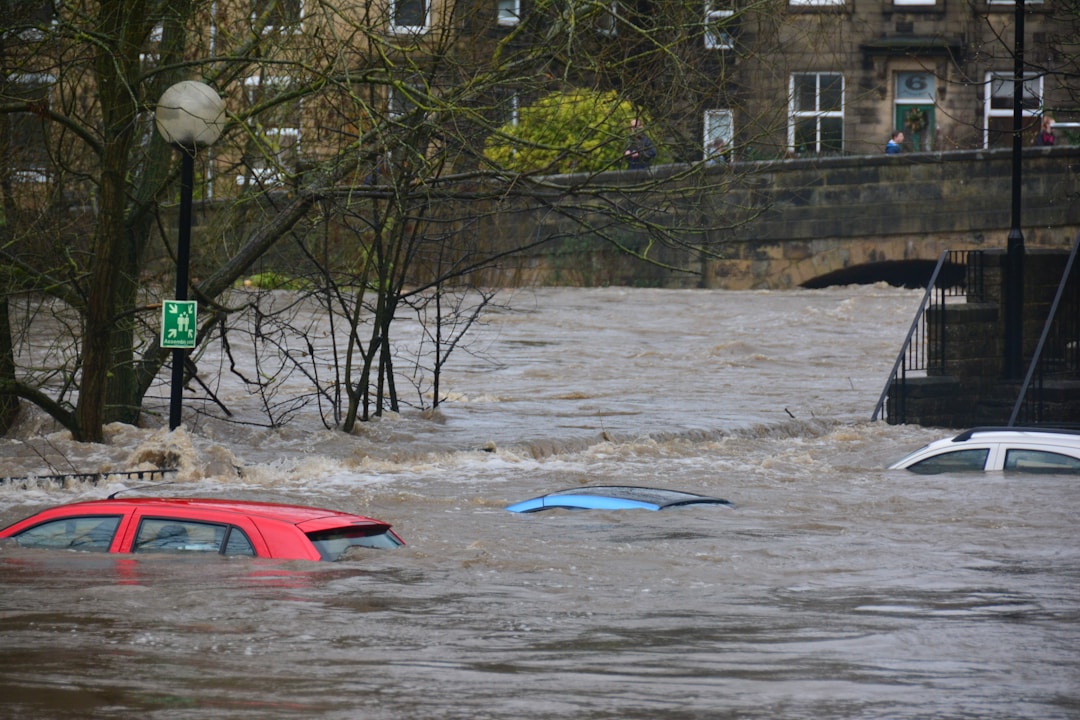Floods can cause significant harm to both life and property if not prepared adequately. Protecting our homes from these natural disasters is crucial. In this article, we will share some strategies that you can adopt to prepare your home for possible flooding events.
Understanding the Importance of Flood Preparedness
In light of increasing climate change and its effects, the chances of experiencing severe flooding are higher than ever. Understanding the importance of flood preparedness is therefore essential to mitigate potential losses.
Preparing for floods doesn’t only safeguard your property but also helps to protect your family. A well-prepared home can withstand the devastation and keep its inhabitants safe.
Moreover, being prepared can greatly reduce the financial impact of a flood on your household. As they say, it’s better to be safe than sorry.
Many professional assistance firms like https://floodciderestoration.com/ specialize in flood damage restoration, but the first line of defense always remains proactive preparation.
Evaluating Your Home’s Risk of Potential Flooding

Assessing your home’s risk of potential flooding is the first step towards your flood preparedness journey. Different homes have different risk factors.
For instance, homes located near bodies of water or in low-lying areas are more prone to flooding. So, it’s important to understand the terrain and geographical layout of your area.
Consider the history of flooding in your region. Has your home ever been affected before? Seek help from local authorities or data available online to determine your home’s flood risk.
Knowing your home’s vulnerability to flooding will guide you in taking specific measures tailored to counter these existing threats.
Building and Utilizing a Comprehensive Emergency Plan
Having a comprehensive emergency plan is vital in situations when there is a likely flood. These plans should include safe areas, evacuation routes, and communication strategies.
Your emergency plan should also contain vital information such as emergency contacts, insurance policies, and a checklist for what to do before, during, and after the flood.
Include in the plan the meeting points for family members, special instructions for elderly or disabled members, and a plan for your pets as well.
Everybody living in the house should be aware of this plan. Regular drills ensure everyone knows what to do in case the need arises.
Implementing Protective Measures: From Landscaping to Home Improvements

Once you’re done with assessing your home’s risk level and creating a comprehensive emergency plan, the next step is implementing these measures. Simple home improvements can often make a big difference.
From landscaping to structural modifications, there is a lot you can achieve. Planting trees and building swales are great landscaping methods to redirect flood water.
Make structural changes such as elevating your home or flood-proofing the basement, especially if you live in a high-risk area.
Ensure that your electrical components are installed well above the expected flood level and seal your walls with waterproofing compounds.
Keeping an Updated Inventory and Ensuring Adequate Insurance Coverage
A detailed and updated inventory of your belongings can serve as a reference in case anything gets damaged or lost during the flood. It can also be used for insurance claims.
Keep an inventory that includes descriptions, value, and photos of your belongings wherever possible. Store this inventory in a safe place, preferably off-site or in a water-proof location.
Also, ensure you have sufficient insurance coverage. Standard homeowner’s insurance does not cover flood damages, so investing in extra flood coverage is a wise decision.
Consult with your insurance agent to comprehend the terms and conditions and ensure you’re adequately covered.
Overall, preparing your home for flooding involves comprehension of potential threats, planning, and taking protective measures. It is worth all the effort when it helps to protect life, property, and peace of mind.
